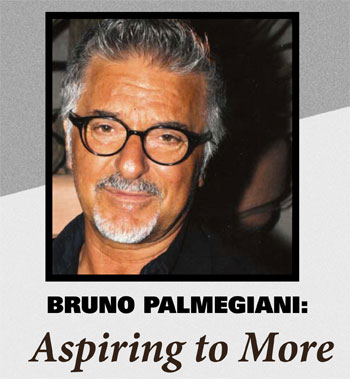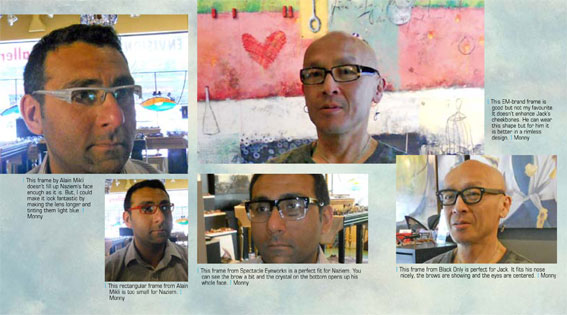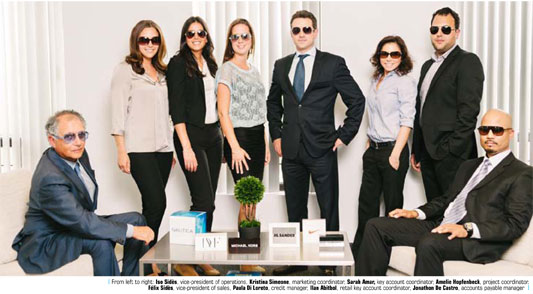By JoAnne Sommers

With apologies to Thomas Paine, these are the times that try investors’ souls. Given the European debt crisis, continuing low interest rates and ongoing stock market volatility, not to mention the possibility of another recession, it’s tough to know what to do with your money these days.
But before you throw up your hands in despair, Adrian Mastracci, Vancouver-based portfolio manager with KCM Wealth Management Inc., has three recommendations for dealing with the current investment environment.
- Refrain from making changes just for the sake of change
- Don’t get into the investing boat without a life jacket
- Get back to portfolio basics as soon as possible
“Today’s investment climate is filled with uncertainties and investor patience can easily vanish,” says Mastracci. “So you need to develop sensible strategies that allow you to control and accept uncertainty.”
Mastracci offers the following “life jackets” to help you get through the current malaise:
• Have a written game plan.
If you don’t have one or it’s out-of-date, create a new one. Your game plan takes into consideration your investor profile, time horizon and risk tolerance, plus diversification, tax friendliness and asset mix. It becomes the foundation for the ongoing management of your portfolio.
• Review your asset mix in the four core investment categories: equities, bonds, cash and real estate.
It’s important to understand asset mix or allocation because research shows that it is responsible for most of a portfolio’s variability. Your asset allocation is determined by your risk tolerance and that is impacted by your age, net worth, time horizon and investing experience, plus psychological factors such as preference and attitude.
Portfolios are made up of some combination of equities (stocks), bonds, also known as fixed-income investments, and short-term investments, also referred to as money market or cash investments.
Stocks offer greater potential for growth but come with a higher investment risk. Generally, the more years until retirement, the bigger the role stocks could play in your investment mix.
The potential risk and return on bonds is moderate – generally lower than stocks, but higher than short-term investments. In general, bond prices rise when interest rates fall, and vice versa.
Short-term investments are considered the least risky of the three basic investment types but they also tend to produce the lowest returns over the long run. Short-term investments often become more important as you get closer to and into retirement.
It is important to review your asset mix periodically because it may not reflect your current risk tolerance, says Mastracci.
“You may have too much invested in stocks and mutual funds, for example. A 70 to 85 per cent mix of equities is an aggressive profile and 85 to 100 per cent is speculative. It takes a serious appetite for risk to embrace either of these profiles.”
Most investors are comfortable within a 40 to 60 per cent equity mix, he adds.
One way to think about risk tolerance is to ask yourself at what point losses start to hurt you, notes Mastracci. “Capital preservationists might be done at 20 per cent while more speculative people may be able to stand a 50 per cent loss.”
• Rebalance your portfolio when necessary.
Most people don’t understand the concept of rebalancing, says Mastracci, who explains it as follows:
“If, for instance, you bought an equity at $100 and it reaches $150, sell some of it, say 20 per cent, and put the proceeds into an area where you need to plug a hole, such as fixed income.”
Rebalancing seems counter-intuitive but it makes sense because markets don’t keep going up indefinitely. Moreover, equities and fixed-income investments tend to move in opposite directions. Inevitably what goes up will come down and vice versa. So as an investment starts to increase in value, sell some (not all) of it, take a profit and put that into something else.
By following this strategy you’ll be adhering to the time-honoured – if seldom-followed – mantra, ‘buy low and sell high’.
• Review the duplication of stocks among your mutual funds.
There is a lot of duplication in most portfolios, says Mastracci, adding that it’s not unusual to find 60 to 65 per cent overlap, particularly among people who hold mutual funds.
“Owning a collection of funds full of overlap reduces your portfolio diversification and if you value broad portfolio diversification, you want little duplication.”
He suggests you analyze the individual securities inside each fund to determine how much overlap exists. Fund names may differ, but the content often contains much similarity or duplication.
“Having a personal asset mix helps to reduce overlap. You can also use Exchange Traded Funds (ETFs) and index funds for that purpose. Fewer than 10 ETFs with low or no overlap should suffice to right your mix.”














